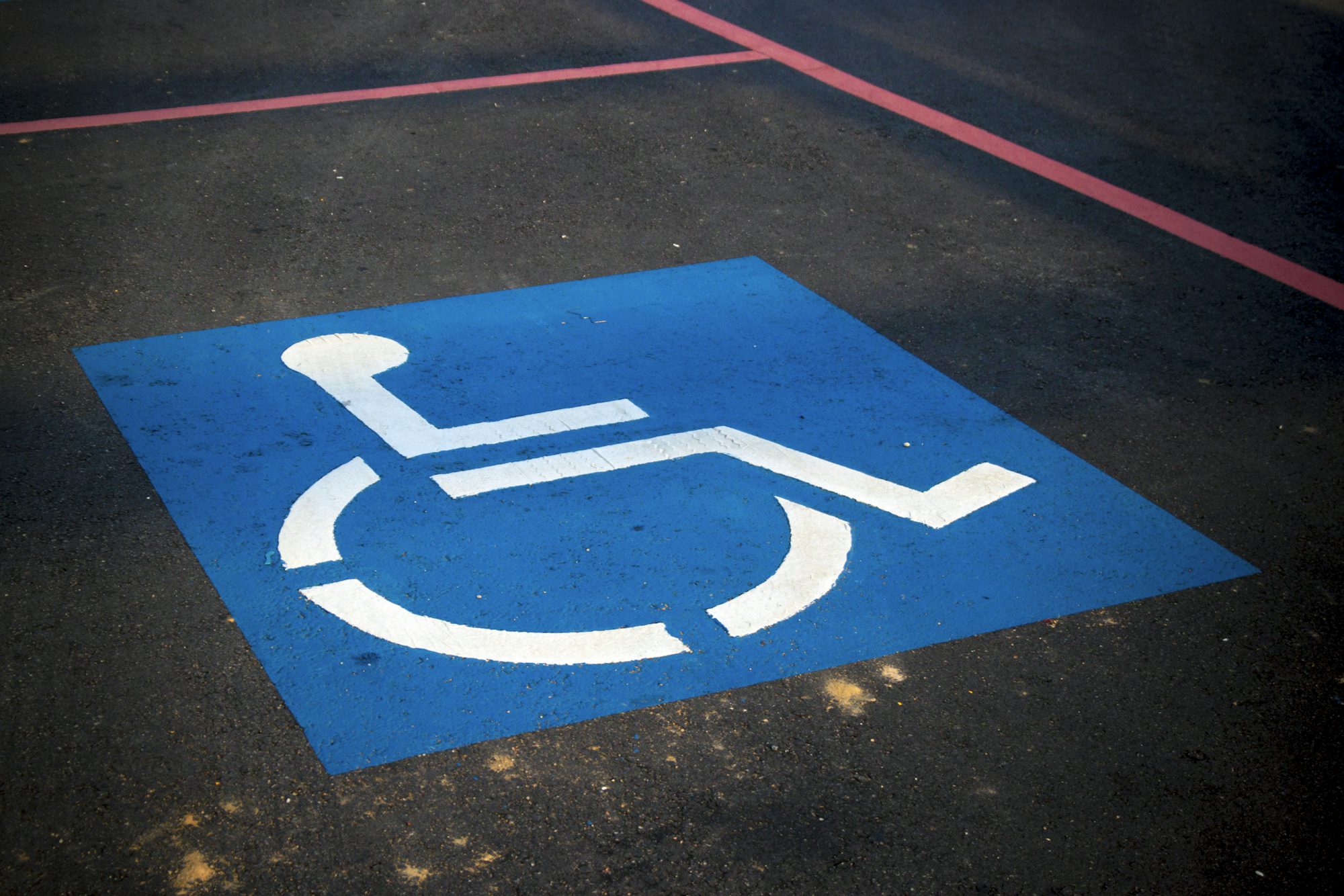
Physical activity is a cornerstone of a healthy lifestyle, serving as a powerful tool for enhancing both physical and mental well-being. In a world increasingly dominated by sedentary behaviors, the importance of incorporating regular movement into our lives cannot be overstated. This article delves into the myriad benefits of physical activity, explores different forms of exercise, and offers practical advice for integrating movement into daily routines.
Regular physical activity has a profound impact on physical health. Engaging in exercise helps maintain a healthy weight, strengthens the heart, and improves overall cardiovascular health. Activities such as walking, jogging, cycling, and swimming promote circulation, lower blood pressure, and enhance lung function. Furthermore, engaging in strength training exercises can build muscle mass and improve bone density, reducing the risk of osteoporosis as we age.
In addition to its physical benefits, exercise plays a crucial role in mental health. Research has shown that physical activity can significantly reduce symptoms of anxiety and depression. The act of moving our bodies releases endorphins, often referred to as “feel-good” hormones, which elevate mood and foster a sense of well-being. Furthermore, regular exercise can enhance self-esteem and body image, leading to a more positive outlook on life.
Beyond the chemical changes in our bodies, physical activity provides opportunities for social interaction, which is vital for mental well-being. Joining a gym, participating in group classes, or engaging in team sports can foster connections with others and create a sense of community. These social interactions can help combat feelings of loneliness and isolation, enhancing overall happiness and fulfillment.
The types of physical activities available are vast and varied, allowing individuals to choose options that best suit their interests and lifestyles. Aerobic exercises, such as running, cycling, or dancing, are excellent for improving cardiovascular fitness. Strength training, which includes weightlifting or bodyweight exercises, focuses on building muscle and enhancing overall strength. Flexibility and balance exercises, such as yoga or tai chi, improve coordination and help prevent injuries.
For those just starting their fitness journey, it is essential to find activities that are enjoyable and accessible. Setting realistic goals can provide motivation and a sense of accomplishment. For example, committing to a daily 20-minute walk can be a great way to ease into a more active lifestyle. As individuals become more comfortable, they can gradually increase the duration and intensity of their workouts.
Incorporating physical activity into daily routines can be achieved through small adjustments. Simple changes, such as taking the stairs instead of the elevator, parking further away from store entrances, or standing up during phone calls, can significantly increase daily movement. Additionally, breaking up long periods of sitting with short bursts of activity, like stretching or short walks, can enhance overall health and well-being.
For those with busy schedules, finding time for exercise can be challenging. However, prioritizing physical activity is essential for long-term health. Scheduling workouts like appointments can help individuals stay committed. Many people find that early morning workouts energize them for the day ahead, while others prefer evening sessions to unwind after work. Finding a time that works best is key to maintaining consistency.
Engaging in physical activities outdoors can enhance the experience further. Nature has a calming effect, and exercising outside can boost mood and provide a refreshing change of scenery. Activities such as hiking, biking, or simply walking in a park allow individuals to connect with nature while reaping the benefits of exercise. Moreover, outdoor workouts often incorporate varying terrains, which can challenge the body in new ways and improve overall fitness.
Technology can also play a supportive role in maintaining an active lifestyle. Fitness apps and wearable devices can track progress, set goals, and provide motivation. Many apps offer guided workouts, allowing individuals to follow along at their own pace. Online fitness classes have gained popularity, providing convenient options for those who prefer to exercise at home. These resources can make physical activity more accessible and enjoyable.
As individuals embark on their fitness journeys, it is crucial to listen to their bodies and practice self-care. Overexertion can lead to burnout or injury, undermining the positive effects of exercise. Incorporating rest days into the routine is vital for recovery and overall well-being. Stretching, foam rolling, and engaging in low-intensity activities on rest days can promote recovery while keeping individuals active.
Moreover, nutrition plays an integral role in supporting physical activity. Fueling the body with a balanced diet enhances performance and aids recovery. Consuming a variety of whole foods, including fruits, vegetables, whole grains, lean proteins, and healthy fats, provides the necessary nutrients to support an active lifestyle. Staying hydrated is equally important, as dehydration can negatively impact physical performance and recovery.
Setting long-term fitness goals can provide direction and motivation. Whether it’s training for a marathon, improving flexibility, or simply aiming to maintain a consistent exercise routine, having a goal can drive commitment and perseverance. Celebrating milestones along the way, such as completing a challenging workout or achieving a personal best, can foster a sense of accomplishment and encourage continued effort.
In conclusion, physical activity is a vital component of a healthy lifestyle, offering numerous benefits for both physical and mental health. By finding enjoyable forms of exercise and incorporating movement into daily routines, individuals can improve their well-being and enhance their quality of life. Whether through solo workouts, group classes, or outdoor activities, the journey toward a more active lifestyle is rewarding and transformative. Embracing the power of physical activity can lead to lasting health benefits, fostering a happier, healthier, and more fulfilling life.